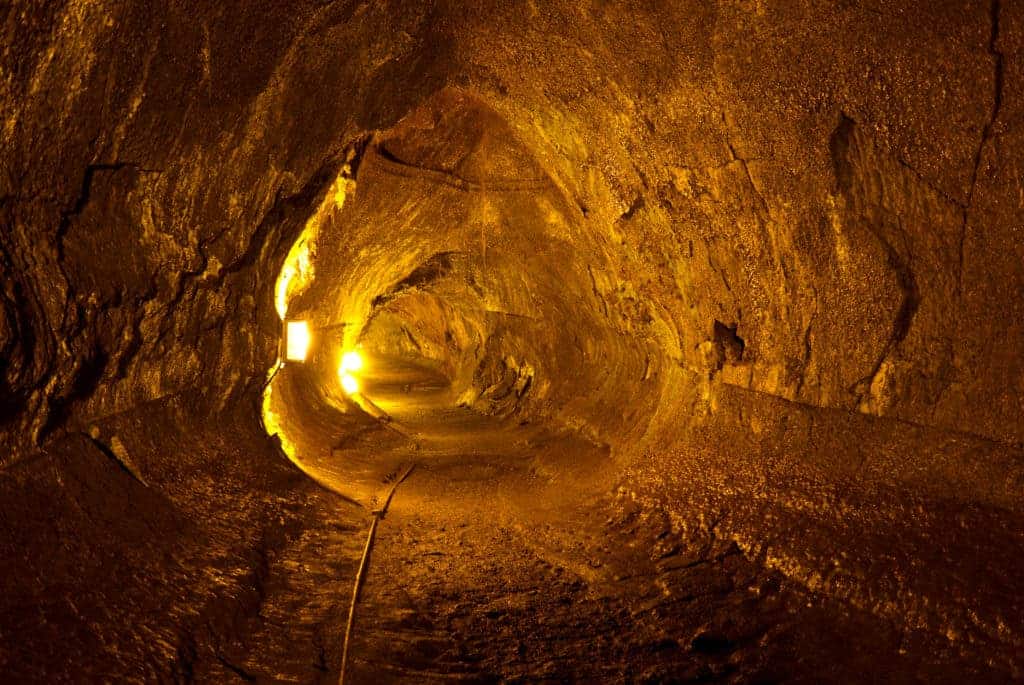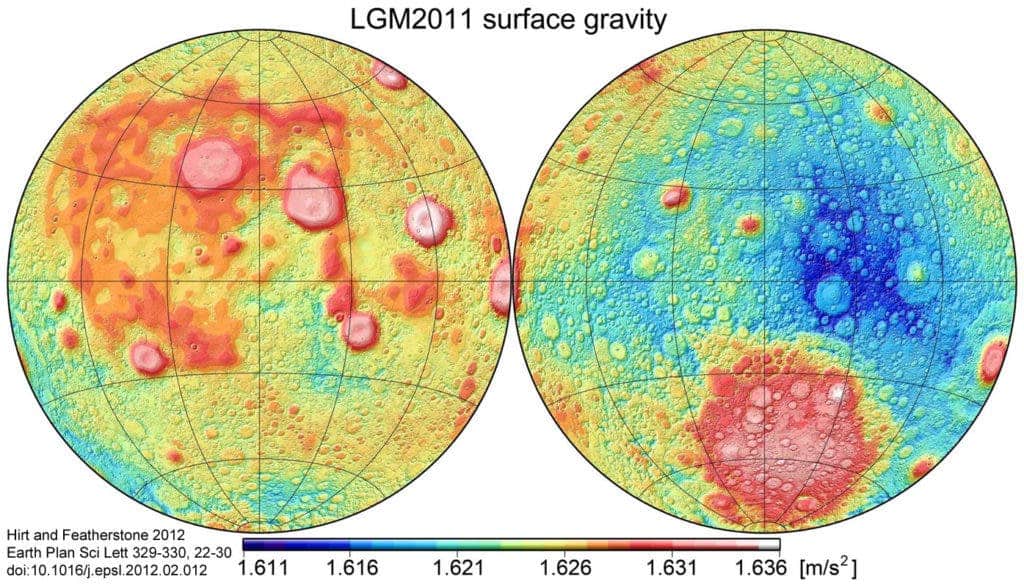Lava tubes on the Moon and Mars might provide the necessary protection when it comes to housing research stations or even future colonies.

Like on Earth, Moon and Mars also have volcanic features — such as lava tubes. Lava tubes are basically lava caves formed in one of two ways: either through the crusting over of lava channels, or more rarely, from pāhoehoe flows where the lava is moving under the surface. After the lava leaves, it can leave behind a tunnel. Sometimes, the lava might re-emerge and might be injected into its old tunnels (due to the low resistance); once there, it expands and leaves behind even larger tunnels, sometimes reaching impressive sizes. Sometimes, complex tunnel systems are formed, connected to each other and to the surface.
By far the largest known lava tubes in the Solar System are on Venus. However, such tubes have also been discovered on the Moon, and especially on Mars. Considering the innumerable lava flows and lava channels on the flanks of Olympus Mons, it makes a lot of sense to expect truly gargantuan lava tube systems on the Red Planet. Scientists now believe that these tunnels can be used to shield future explorers from the massive amounts of radiation they would be exposed to on the surface.
Researchers can detect these tunnels remotely, through gravitational remote sensing. Things stand like this: we talk about the gravitational pull of a celestial body (let’s say, the Earth), but the gravitational field isn’t uniform. The same goes for the Moon, Mars, and everything else — nothing is really uniform. The Moon’s gravitational field, for example, looks like this:

By studying localized gravitational anomalies, underground cavities — such as lava tunnels — can be discovered. But researchers are also working on more advanced methods. Leonardo Carrer and colleagues of the University of Trento presented a concept for a radar system specifically designed to detect lava tubes on the Moon from orbit. The idea is to send an electromagnetic pulse towards the planet and then detect a specific signature associated with these tunnels. Although it’s still early stages, there are promising results which may be used in the near future.
“The studies we have developed show that a multi- frequency sounding system is the best option for detecting lava tubes of very different dimensions. The electromagnetic simulations show that lava tubes have unique electromagnetic signatures, which can be detected from orbit irrespective of their orientation to the radar movement direction. Therefore, a mission carrying this instrument would enable a crucial step towards finding safe habitats on the Moon for human colonisation,” says Carrer.
Geologists have also learned that the distribution of such systems can be generous enough to facilitate the establishment of large stations, or perhaps even entire cities.
“The comparison of terrestrial, lunar and martian examples shows that, as you might expect, gravity has a big effect on the size of lava tubes. On Earth, they can be up to thirty metres across. In the lower gravity environment of Mars, we see evidence for lava tubes that are 250 metres in width. On the Moon, these tunnels could be a kilometre or more across and many hundreds of kilometres in length,” says Dr Riccardo Pozzobon, of the University of Padova. “These results have important implications for habitability and human exploration of the Moon but also for the search of extraterrestrial life on Mars. Lava tubes are environments shielded from cosmic radiation and protected from micrometeorites flux, potentially providing safe habitats for future human missions. They are also, potentially, large enough for quite significant human settlements – you could fit most of the historic city centre of Riga into a lunar lava tube.”
The work by Pozzobon and colleagues is already being used in the European Space Agency’s astronaut training programme, and might soon play a more central role in our plans to explore other planets.






